Nuclear conspiracy
The title of director/editor Chad Gracia ’92’s debut documentary film — The Russian Woodpecker — invites so many questions, but, it turns out, it has nothing to do with birds and everything to do with Fedor Alexandrovich: an eccentric, Ukrainian artist who is investigating the 1986 Chernobyl nuclear power plant disaster.
His conspiracy theory goes like this: Soviet officials caused the meltdown to mask a failed plot to penetrate Western communications systems (and minds?) using a massive radio transmitter — nicknamed “the Woodpecker” for the pecking sound it made. Fantastical? Perhaps. But the more Alexandrovich’s inquiries unnerve the old-guard officials, the more credible his theory seems.
The Boston-based Gracia has worked in New York theater for nearly two decades as a producer, dramaturge, and playwright, focusing on plays in verse. He was in Ukraine doing a theater project when he met Alexandrovich, whom the film portrays as both protagonist and antagonist. Gracia hopes it will enlighten audiences about Ukraine’s history and its difficulty shedding its Soviet past. And, modern-day tensions between Ukraine and Russia give it renewed relevance and resonance.
The Russian Woodpecker won the World Cinema Grand Jury Prize: Documentary at the 2015 Sundance Film Festival; it’s one of Yahoo’s top forty movies of 2015; and it’s a nominee for a 2016 Film Independent Spirit Award, among other honors, nominations, and best-ofs. Gracia and Alexandrovich showed it at the 2015 Wisconsin Film Festival in Madison, and it opened in theaters and as video-on-demand this fall. Indie film distributor FilmBuff has also bought the worldwide rights to it.
Gracia said in a statement, “I’m excited to share Fedor’s incredible journey with audiences around the world, who I’m sure will be as charmed by his character as they are stunned by his investigation.”
All about agriculture
Few folks are as quintessentially “Wisconsin” as celebrated rural historian Jerry Apps ’55, MS’57, PhD’67, who splits his time between Madison and his farm in Waushara County. He’s had a career as a UW-Extension agent, professor (now emeritus) of UW-Madison’s College of Agricultural & Life Sciences, and now full-time writer and creative-writing instructor. He’s also the subject of Wisconsin Public Television programs.
The latest in Apps’s forty-plus books — memoirs about growing up on a Wisconsin farm and fiction, nonfiction, and children’s books about many facets of the state’s history — is Wisconsin Agriculture: A History. But what about being the Dairy State? Well, Wisconsin has been a farming state from its start — and it’s one of the nation’s most diverse agricultural states as well.
Hailed as the first expansive volume on the subject in nearly a century, Apps’s book features first-person accounts from the settlement era to today and more than two hundred photos. It covers artisanal cheeses and cranberries, of course, but it also explores the state’s relationship with its terrain, weather, and natural resources to highlight Christmas trees, honey, cattle, goats, fur farming, beekeeping, maple syrup, ginseng, hemp, cherries, sugar beets, mint, sphagnum moss, flax, and hops.
Ethnic and pioneer settlement patterns also play into Wisconsin’s agricultural profile, as do changing technologies, ag research and education, government policies, and endeavors such as aquaculture and urban farming. Finally, Apps contemplates ethical growing practices, sustainability, food safety, and the potential effects of climate change.
Wisconsin Agriculture is a giant undertaking, but then, would we expect any less from Jerry Apps?
Published in the Spring 2016 issue
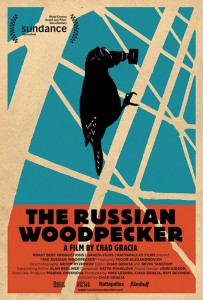
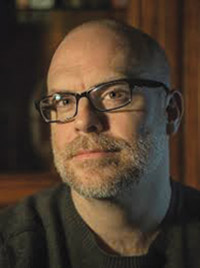
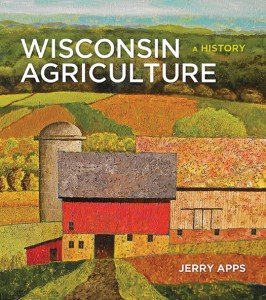
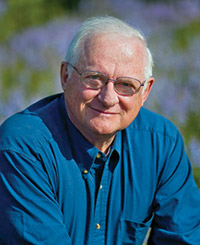
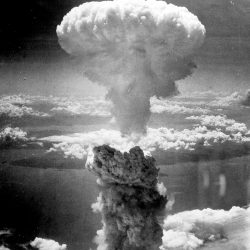
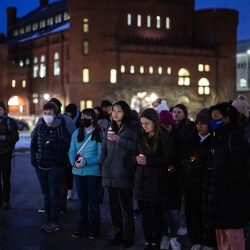
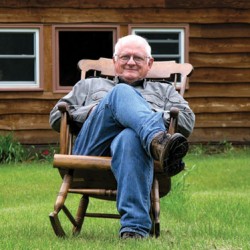
Comments
No comments posted yet.